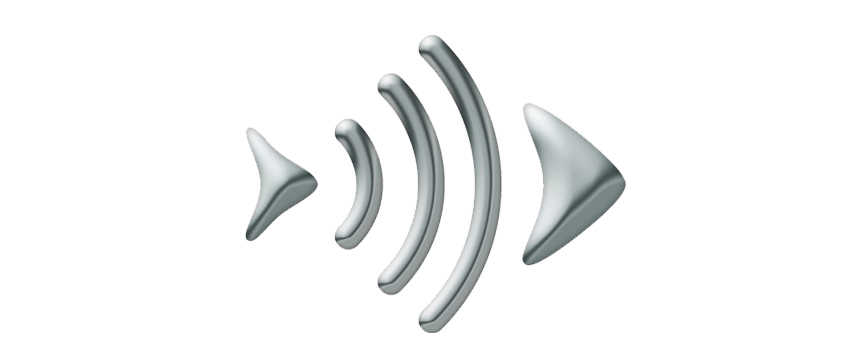
Police in Sri Lanka used water canons and tear gas on Sunday to disperse a group of about 3,000 Catholics who were demanding the return of a statue that had been confiscated by police earlier in the day.
The statue of St Philip Neri had been erected on government-owned property in Kalutara, across the street from St Philip Neri Parish.
Police removed the statue after a group of Buddhist monks complained that the church had erected it without official permission from government authorities.
Church officials argued that the statue of its patron, located on a street that bore his name, was protected by religious freedom provisions within Sri Lanka’s constitution.
Shortly after the statue's removal, protesters gathered and blocked traffic along Galle Road, a major thoroughfare in the seaside resort town, which is located about 40 kilometers south of the capital Colombo.
Police responded with water canons and tear gas in an attempt to disperse demonstrators and bring the tense situation under control. Several police officers and demonstrators were reportedly injured in the melee.
Fr Suran Attidiya, who participated in the demonstration, said he was joined by about 3,000 others who sought the return of their "beloved saint's statue".
"The Sri Lankan constitution guarantees freedom of religion for everyone, not only the majority religion," Fr Attidiya, told ucanews.com. "Catholics have every right to place the statue there."
Fr Attidiya said police later returned the statue to the parish and placed it on its intended resting place. The statue will remain covered by a white cloth until local authorities decide how to best adjudicate the case.
The Venerable Magalkande Sudantha Thero told ucanews.com that he and other Buddhist leaders had urged police to remove the statue because church officials had not applied for permission through the religious affairs ministry before erecting the statue on public property.
"The police stopped Buddhists when we put up a Lord Buddha's statue recently in Kalutara. All are equal before the law but is the law equal to everyone?" he asked.
Hardline Buddhists groups in Sri Lanka have been responsible for numerous attacks on members of minority religions and their places of worship in recent years. Rights monitors and non-Buddhists say that a double-standard exists when it comes to areas of religious freedom and tolerance.
Suresh Premachandran, president of the Tamil National Alliance, noted that Buddhist statues and temples have been constructed throughout Sri Lanka’s former war zone, which was historically a Hindu-dominated area.
"Many Buddha statues and 10 to 15 new [Buddhist] temples have been erected in the north since the end of the conflict in 2009. These statues have been placed where there are very few Buddhists or no Buddhists residing," he told ucanews.com
"It creates hurt feelings among Hindus and Christians. Some statues have been built close to Hindu and Christian temples," he added.


